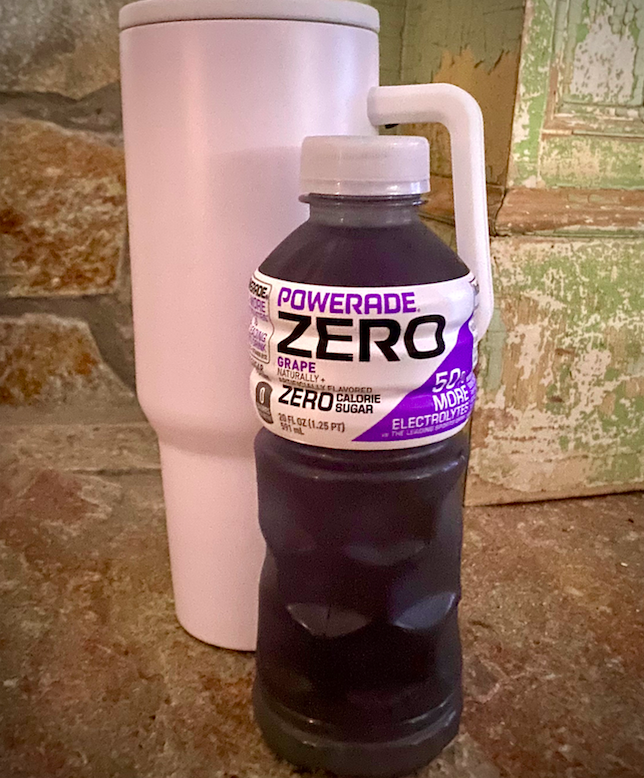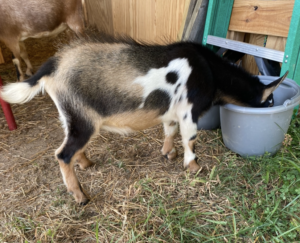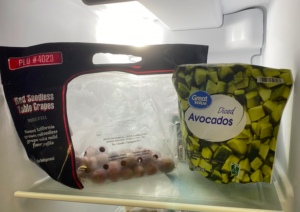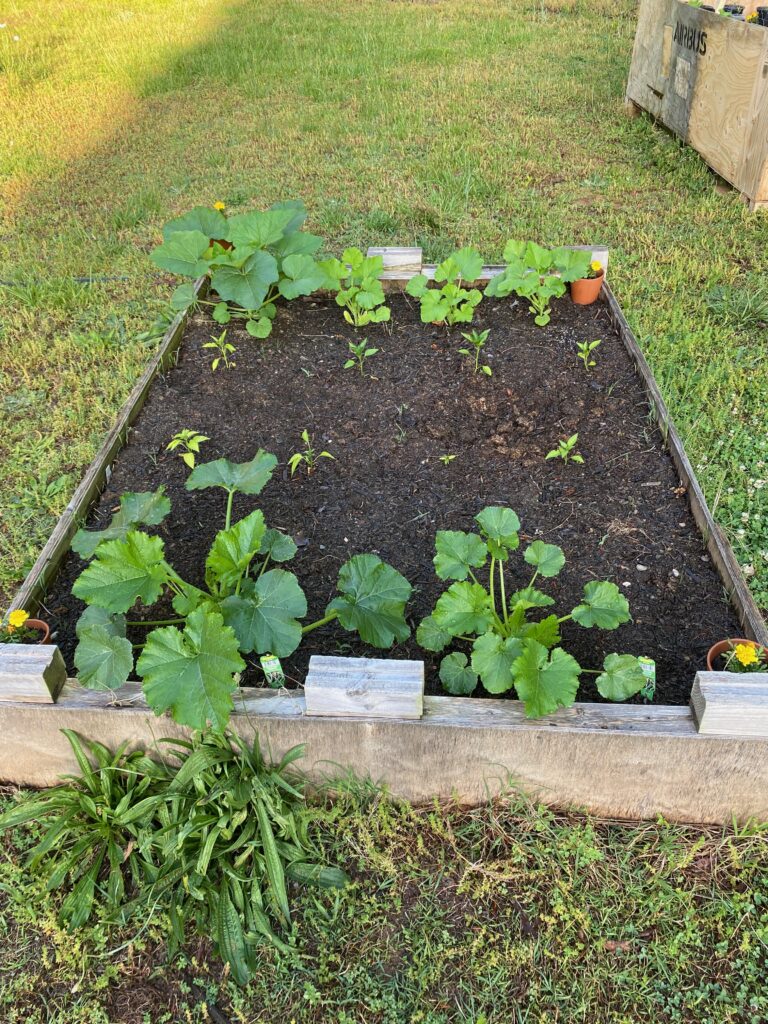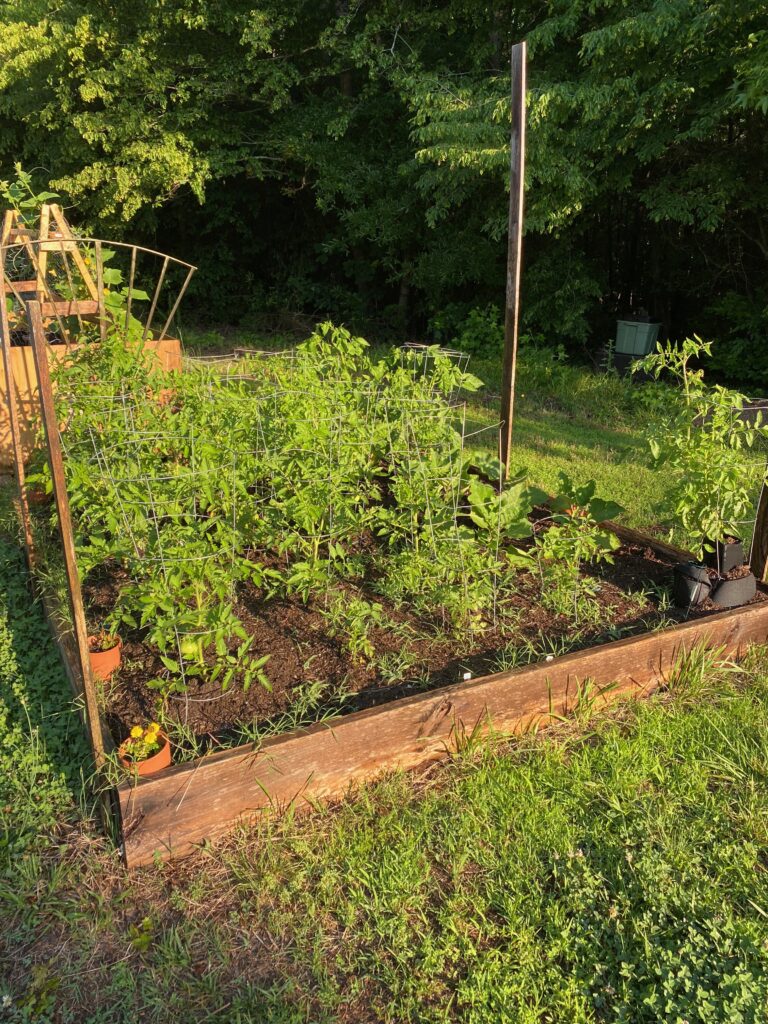A Guide to Hobby Farming During the Summer Months
I established my hobby farm in 2019, completely naive to every responsibility that came with it. All I knew was that I wanted chickens, goats, and a vegetable garden. Over the past five years, I have learned that I likely never will have all of the equipment and knowledge of a large-scale farmer. And that’s okay! But as a result, it is important for me to know what I need to do to protect myself and my animals from summer heat.
Here in North Carolina, it’s quite common for our summers to be very hot and humid. So far, we already have had a few days over 90-degrees. It’s no secret that I love warm weather (by warm weather, I mean triple-digit temperatures make me happy!) but even I struggle with enjoying outdoor work during this time of year.
It can be hard on our bodies to adjust to hot weather. It’s particularly harder on our animals. My goats and chickens tolerate cold weather much better than they do the heat. Wyandottes and Buff Orpington chickens are very cold hardy breeds. They need extra attention during the summer months. Pygmy and Nigerian Dwarf goats can handle extreme heat better than other goat breeds due to their smaller size. However, they still have basic requirements during the summer. With the right approach, you and your animals can beat the summer heat together. Here are three quick tips that are sure to help you all.
1. Hydrate — Make sure that you are all drinking plenty of fluids.
For humans, the recommended 64 oz of water per day won’t cut it. You’re going to need more, and you’ll want more than just water. I have found that during the summer months, I drink at least 100 oz of water per day. That does not count the 16-20 oz minimum of electrolytes that I consume. It is important to drink an electrolyte (sodium, potassium, magnesium, calcium) replacement to replenish what is naturally lost when we sweat.
Our animals need fresh, clean drinking water daily. Depending on the number of animals that you have, fresh water might be needed multiple times in one day. Water containers should be free of algae. Electrolytes can also be given to chickens and goats during extreme heat or when signs of heat stress are present. Be sure to know your animal’s/breed’s needs and consult with a veterinarian if you have concerns.
2. Shade — It is crucial for humans and animals alike to have a place of refuge from the glaring sun. If you have chores that fall between mid-morning and late afternoon, be sure to wear large brimmed hats. I like to keep a comfy chair close by that can be moved from a covered porch to a large shade tree, depending on where the sun is during the day. If you don’t have a covered porch or large trees in your yard, consider investing in a large patio umbrella or popup tent.
Ideally, trees are the best option of shade for animals. Trees allow breezes to help cool animals where other structures may limit or prohibit airflow. For my goats, I have several options since I do not have trees in the pasture yet. Barns and sheds are great for providing shade. It is not necessary for a goat barn/shed to be tall or enclosed. A three-sided structure just slightly taller than the goat is perfect. I also have tents that serve as sun blockers too. Just be sure that any structure, wooden or otherwise, has good air flow.
My chicken coop is elevated, which provides added airflow to help cool the inside, and gives the chicken a great shaded spot where the ground is always considerably cooler than the shavings in their run.
3. Early Morning Work — Have you ever heard the phrase, “getting up with the chickens”? As silly as it might seem, I have found that it is the absolutely best way to beat the heat. Just this morning, I was out tidying up the goat barn at 6:00am. The high today is forecast-ed to be 92ºF but it was below 70º this morning. That was cool enough to get my farm chores done without breaking a sweat. If you can’t do early morning, consider waiting until after the sun goes down to work outside. Temps here in North Carolina start to drop around 7:00pm but it is still light out until 9:00pm. This time of day is not the coolest, but having a break from the scorching sun does provide a little relief.
Just like humans, animals can become overheated during the day too. It is best to move/work animals in the early morning or late afternoon as well. I recently had a goat with scours. When I noticed it, it was still above 90ºF. I didn’t want to cause her any addition stress by isolating her at 5:00pm. Since she had already been with a few other goats grazing in the paddock, I chose to wait until 8:00pm to move her into the goat pen. It was an easier transition for us both!
BONUS TIPS:
Cool Treats — Everyone enjoys a cool treat in the summertime. Instead of ice cream, consider a frozen fruit bar instead. These can be purchased or made, and are less heavy on our stomachs than frozen dairy or dairy-alternative options. If you want something dairy-ish, frozen yogurt is a great choice. You can actually freeze regular yogurt cups. I like to use Greek yogurt because it is higher in protein and usually contains less sugar. Frozen grapes are also a wonderful refreshing snack in the summertime!
Did you know that frozen grapes are also perfect for chickens? I love freezing fruits and veggies for my hens. I have frozen an assortment of things: grapes, pumpkin puree, corn, cucumbers, watermelon, strawberries, and even mixed greens. I give these to the girls on hot summer days to cool them down and keep them entertained.
Goats can benefit from frozen treats too! I do have to be more selective with their treats. A goats digestion track is a bit more sensitive than chickens. I always have to make sure that grass/hay is their primary source of nutrition. However, goats also enjoy frozen watermelon, strawberries, grapes, and bananas. I have also give my kids chilled carrots, celery, and squash. Be sure to always confirm with a reliable source what snacks are safe for your animals to consume.
Stay cool and have a great summer!
I was not compensated for this post, and it contains no affiliate links. All opinions are my own and not influenced in any way. Photos are property of Eclectic Jenn.